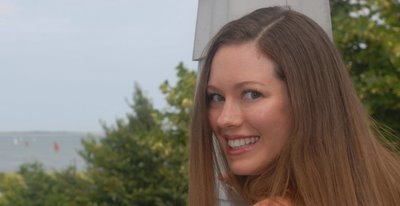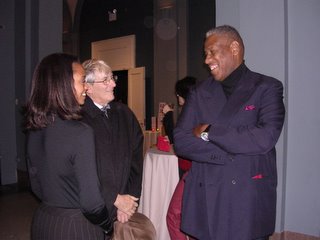
Noelle Ashley Dunphy is a published writer, business owner, and graduate of Columbia University. She has worked in business development for more than 20 years. In 2001, she interned in venture capital and earned a B.A. degree in Creative Writing from Columbia College of Columbia University in New York, NY.
In the political arena, you may have seen her at speeches and events with President Donald Trump, President Bill Clinton, Hillary Clinton, Mayor Michael Bloomberg, Mayor Rudy Giuliani, Governor Andrew Cuomo, Senator Chuck Schumer, Senator John McCain, White House Communications Director Sean Spicer, Press Secretary Sarah Huckabee Sanders, Speaker Newt Gingrich, Commissioner Bernie Kerik, Commissioner Ray Kelly, Commissioner Bill Bratton, and the NYPD, among others.
For ABC News, she worked on local, national and international news stories as Associate Producer.
Her writing has appeared in The New York Daily News, Newsday, Beatrice.com, NewYorkCool.com, The Columbia Spectator and Quarto, Columbia University's literary magazine.
For The Norwood Bulletin, she wrote profiles of noteworthy people as a weekly columnist. She hosted taped interviews for CHIC.TV and Great Interviews with leaders including Mayor Rudy Giuliani, Commissioner Bill Bratton, and iconic chef David Burke.
In the modeling world, she has been featured in films, television commercials, and national magazines since she was 12 years old.
Dove Soap, Teen Spirit Deodorant and MTV hired her as a model and actress for photo shoots and TV commercials that aired internationally.
She always plays herself, an All-American Girl-Next-Door.
Winner of the Phi Beta Kappa Writing Award at age 17, she was invited to a series of lectures with famous authors and accomplished journalists as a Harvard University Nieman Narrative Journalism Conference Scholar.
She was a board member of The Association of Young Journalists and a member of The Women's National Book Association (WNBA), The Publicity Club of New York and Soho House.
Check back for updates or send your email to be on the mailing list.
On a philanthropic note, she is a supporter of charities that benefit those in need, including the police who keep us safe. She believes in making the world a better place and, one day, ending sexual assault and domestic violence. She advises victims to stay safe from stalking and cyber bullying, advising:
*Do not answer "normal" questions: Where do you live? What's your name? Your phone number?
*Use a different name, address, email and phone number until you build trust.
*Express your experiences in artistic or creative passions. Find positive things to focus on. Find what makes you feel passionate and happy.








 By Noelle Ashley
By Noelle Ashley








